No products in the cart.
NEWS
Explore the World of Perennial Vegetables for a Sustainable Garden
Starting a vegetable garden is a truly rewarding endeavor. There’s a unique satisfaction that comes from nurturing crops grown right in your own backyard. What if you could enjoy that satisfaction year after year from the same plants, instead of replanting annually? This is where perennial vegetables shine, offering a sustainable and often lower-maintenance approach to home gardening.
While many home gardeners primarily focus on annual crops like tomatoes, peppers, and beans that complete their life cycle in a single season, incorporating perennial vegetables can significantly enhance your garden’s productivity and diversity. These remarkable plants return spring after spring, often growing stronger and more prolific with each passing year. For those with limited space, cultivating perennial vegetables in containers is also a practical and rewarding option.
Perennial vegetables provide food earlier and later in the season than most annuals, effectively extending your harvest window. Beyond the practical benefits of saving time and resources on yearly replanting, they also introduce fascinating, often less common, flavors and textures to your table that you might not find in regular grocery stores. Integrating these resilient plants into your garden landscape is a smart move for any gardener looking to cultivate a more enduring and abundant food source.
What Defines a Perennial Vegetable?
In botany, perennial plants are those that live for more than two years. Perennial vegetables, specifically, are edible plants whose root systems survive through dormant periods (like winter) and regrow from the same roots or crowns season after season. This contrasts sharply with annuals, which complete their life cycle within one year and must be replanted from seed, and biennials, which live for two years. Although there are fewer species of perennial vegetables compared to the vast array of annuals, the available selection still offers exciting possibilities for diverse garden designs and culinary adventures.
Perennials contribute to a more sustainable gardening practice. Once established, their extensive root systems can help improve soil structure and reduce erosion. They also often require less water and fertilization compared to heavy-feeding annuals, making them an efficient choice for the conscious gardener.
Why Incorporate Perennial Vegetables into Your Garden?
Adding perennial vegetables to your planting plan offers numerous advantages, especially for gardeners seeking efficiency and long-term yield:
- Reduced Labor: Eliminate the need for yearly soil preparation and replanting for these specific crops. Once established, they simply reappear.
- Extended Harvest: Many perennials are among the first plants to emerge in spring, providing fresh produce when annual gardens are just getting started. Some also continue producing late into the fall.
- Increased Yield Over Time: Established perennial plants often produce a larger harvest than first-year plants as their root systems mature.
- Unique Culinary Options: Discover less common, gourmet-quality vegetables that add excitement to your home cooking.
- Sustainability: Perennials help build healthy soil, reduce water usage, and create a more stable garden ecosystem.
- Aesthetic Appeal: Many perennial vegetables, like artichokes or walking stick cabbage, have striking forms and can add unique visual interest to your garden beds.
While they may require a bit more effort upfront during planting and establishment, the payoff in subsequent years through reduced maintenance and consistent harvests makes perennial vegetables an invaluable addition to any edible landscape.
Exploring Promising Perennial Vegetables for Your Garden
Transitioning from primarily growing annuals to incorporating perennials opens up a world of possibilities. Many perennial vegetables have specific needs during establishment, but as a general rule, once they are settled into their location, they tend to be remarkably low-maintenance and resilient. Here are some excellent perennial vegetables to consider adding to your garden:
Rhubarb
A spring favorite, rhubarb is prized for its tart, vibrant red stalks used in pies, crumbles, and sauces. The large, lush leaves are striking but are not edible and should not be consumed. Rhubarb thrives in cooler climates and prefers a sunny location with well-drained, fertile soil.
Plant rhubarb crowns in early spring, ensuring the central bud is about 2 inches below the soil surface. Give plants plenty of space, around 6 feet apart, as they grow quite large. Avoid harvesting any stalks in the first year to allow the plant to establish a strong root system. From the second year onwards, you can harvest stalks for many years. Feed established plants with compost in the summer and fall. After six to eight years, the clumps may benefit from being divided in spring or fall to maintain vigor.
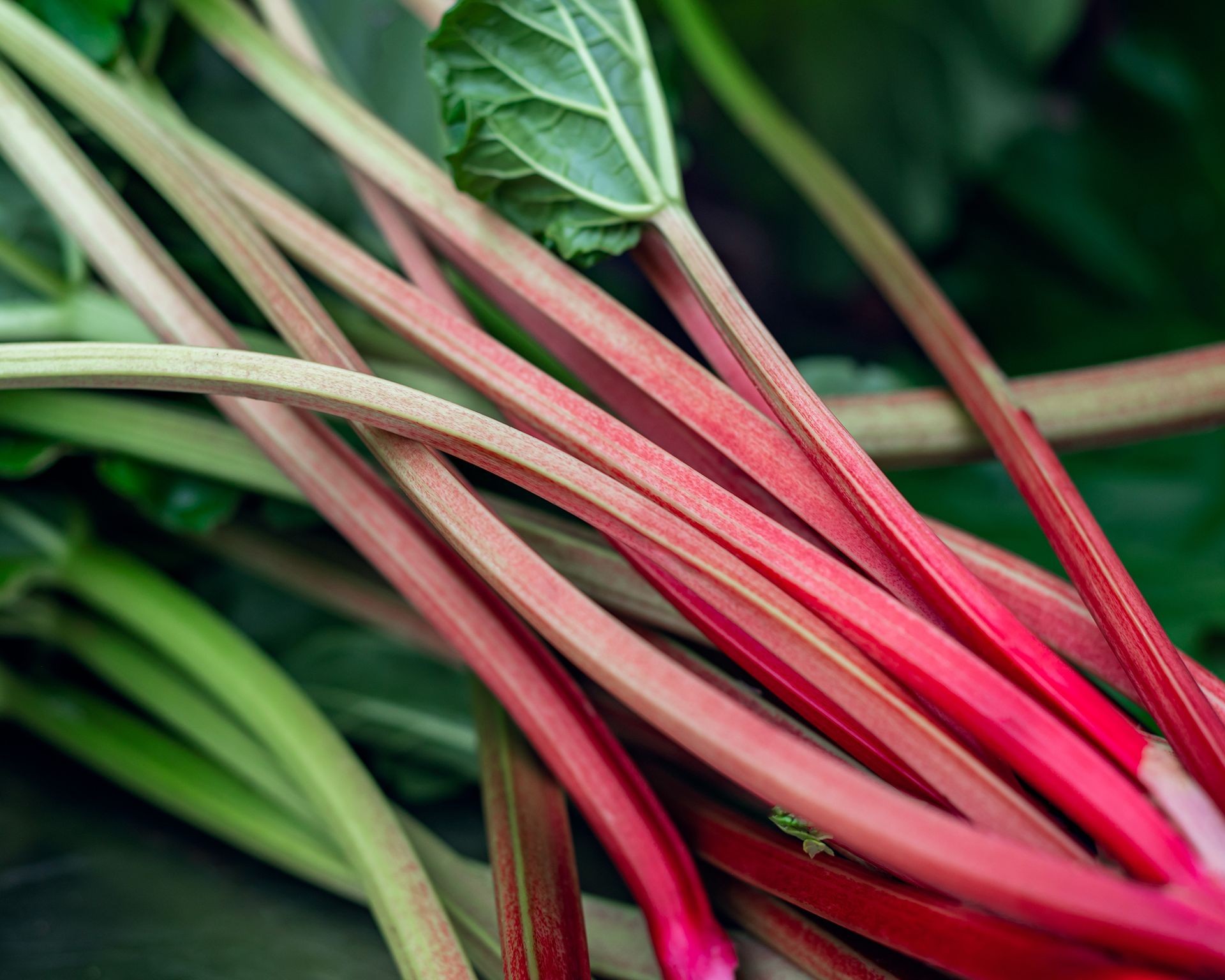 Freshly harvested bright red rhubarb stalks
Freshly harvested bright red rhubarb stalks
Asparagus
Another quintessential spring perennial, asparagus is celebrated for its tender spears. Like rhubarb, it requires patience, with no harvesting typically done in the first year to build root strength. However, once mature, asparagus beds can be productive for a decade or even fifteen years.
Prepare the soil thoroughly before planting by digging a trench about 6 inches deep and amending it generously with compost. Plant asparagus crowns in the trench in spring, spacing them 14 inches apart and setting them 6 to 8 inches deep. Lightly cover the crowns with about 3 inches of the compost-rich soil. As the spears grow throughout the first season, gradually fill in the trench with the remaining soil, completing the process by fall. Asparagus prefers full sun and well-drained soil.
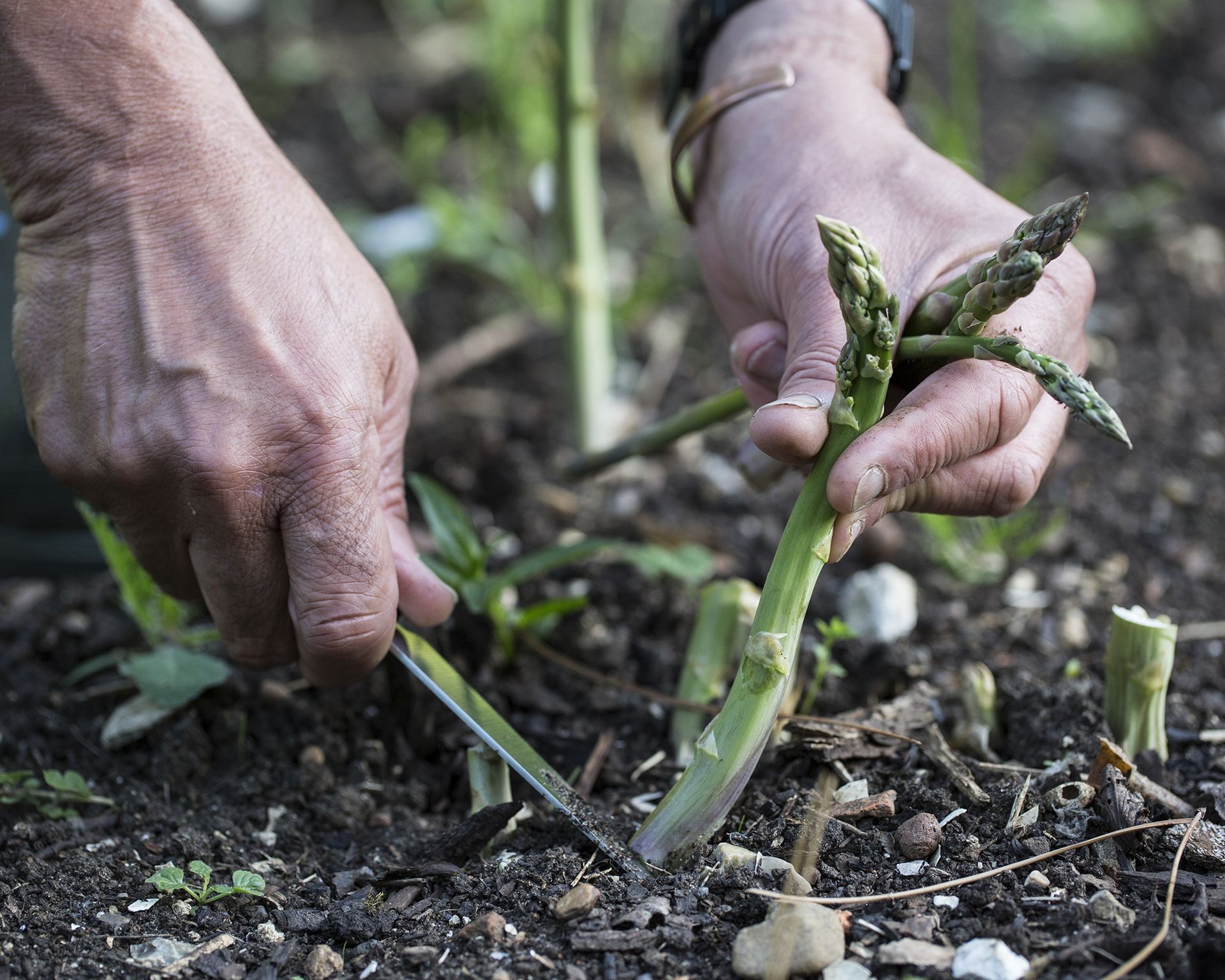 Hand harvesting tender green asparagus spears from the garden bed
Hand harvesting tender green asparagus spears from the garden bed
Globe Artichoke
More than just a delicious edible thistle bud, the globe artichoke is a stunning architectural plant that adds drama to the garden landscape. If left to flower, the buds open into beautiful, large purple blossoms. Artichokes can be grown in warmer climates as true perennials or as annuals in cooler regions.
Plant artichokes in a location with full sun and moist, well-draining soil enriched with compost. They can be started from seed or root divisions. Space plants generously, about 24 to 36 inches apart within rows and 36 inches between rows. Mulch around the plants with 1 to 2 inches of compost in the spring. In areas with cold winters, cut the plants back in the fall and protect the crowns with a thick layer of straw mulch.
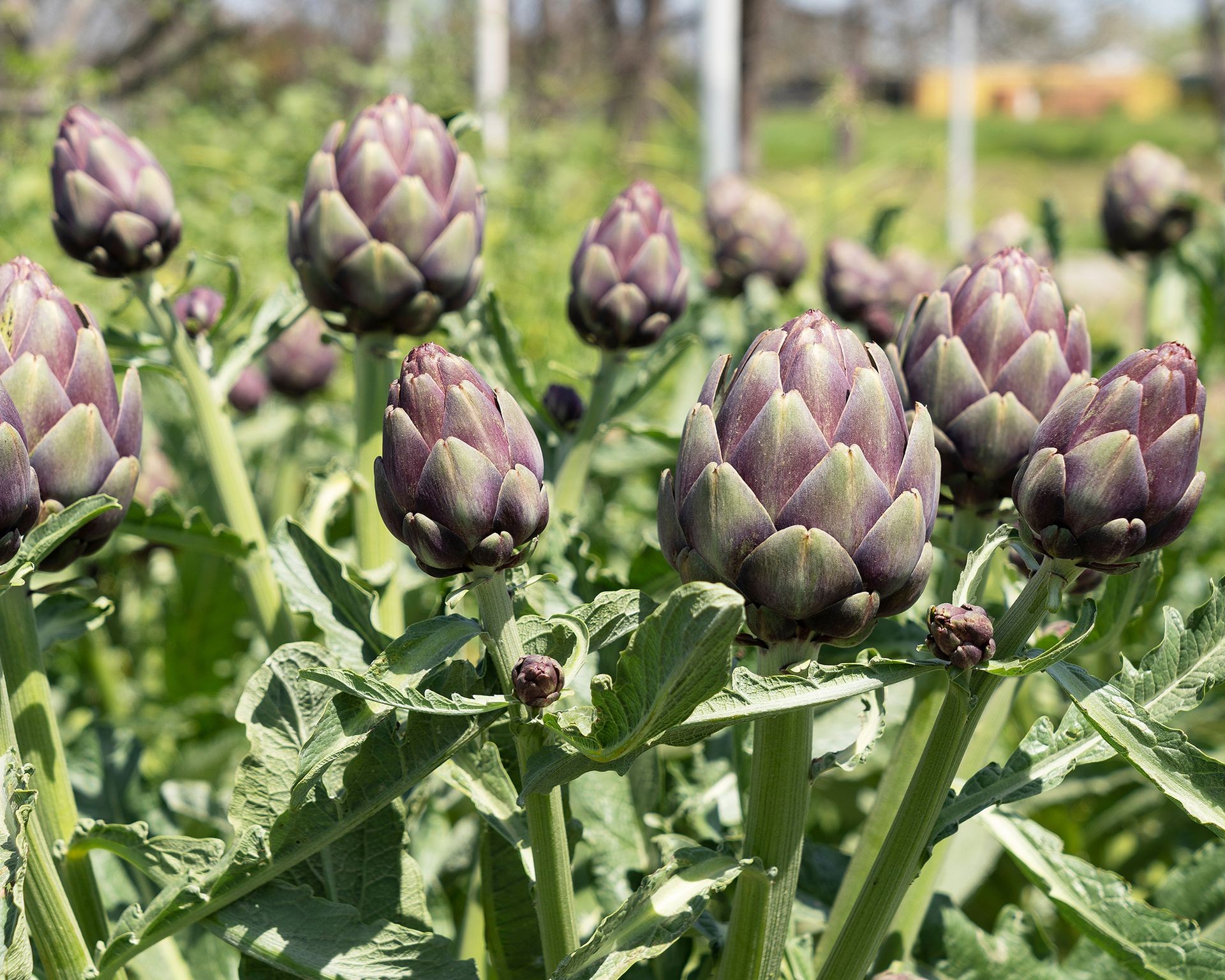 Large, spiky globe artichoke plants growing in a sunny field
Large, spiky globe artichoke plants growing in a sunny field
Sunchokes (Jerusalem Artichokes)
Despite the name, sunchokes are not related to globe artichokes but are instead members of the sunflower family, grown for their sweet, nutty tubers. These vigorous plants can reach towering heights of 6 to 12 feet, similar to sunflowers. Due to their enthusiastic spreading habit, they are best planted where they can be contained or aggressively thinned annually.
Plant the tubers directly in the ground in spring. Sunchokes benefit from hilling, similar to potatoes, to increase tuber production. Harvest the tubers after the first frost in the fall, which helps to sweeten them. Be aware that any tubers left in the ground will readily sprout the following spring.
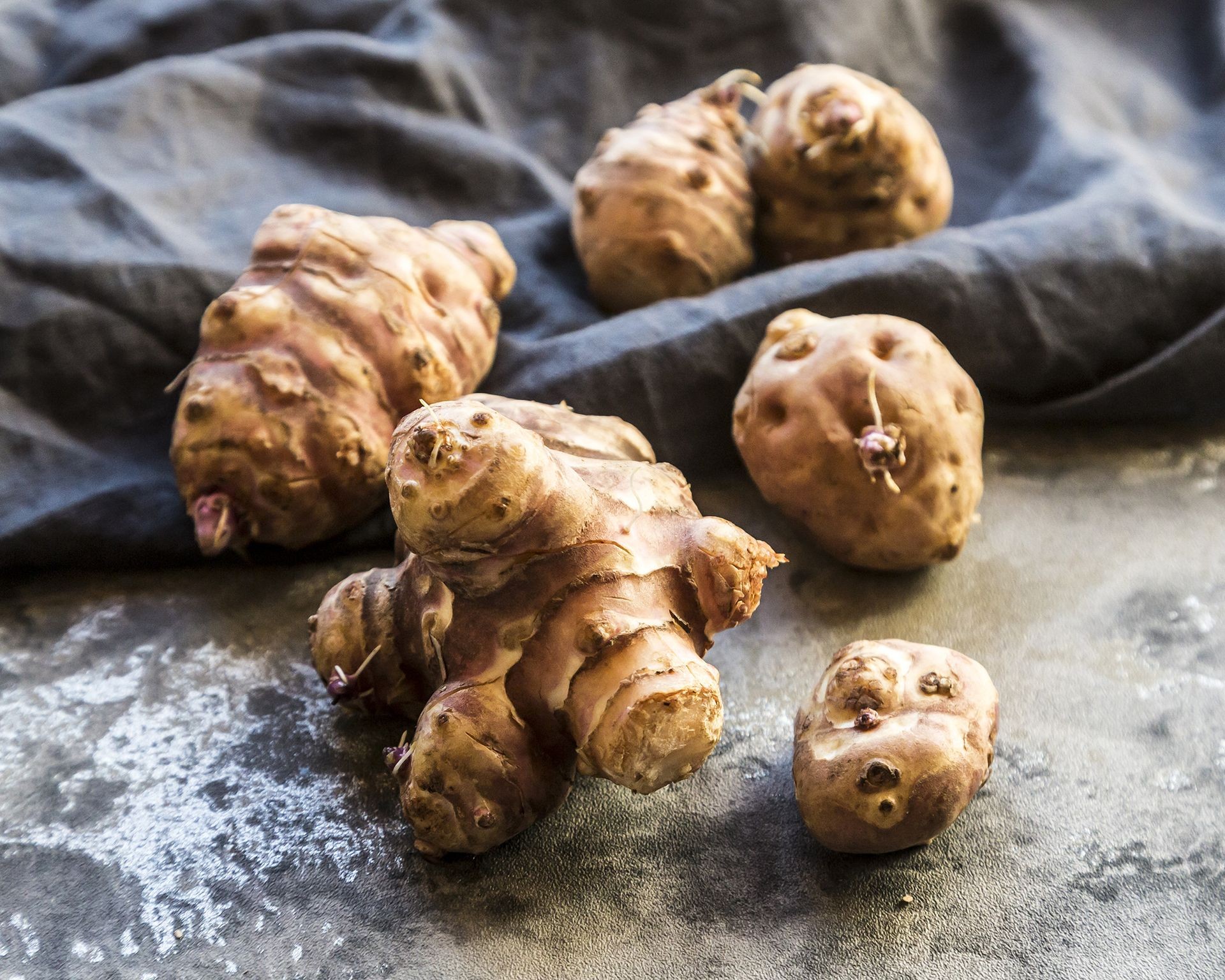 Harvested Jerusalem artichoke tubers ready for cooking
Harvested Jerusalem artichoke tubers ready for cooking
Welsh Onions (Bunching Onions)
Often grown as an annual, Welsh onions can reliably overwinter and return as a perennial, providing a continuous supply of mild, onion-flavored green tops. These versatile greens can be harvested throughout the year for fresh use in salads, stir-fries, or as a garnish.
Welsh onions are remarkably easy to grow. They prefer a full sun location but can tolerate partial shade and require only occasional watering once established. Start them from seed, and they will form dense clumps that can be divided in the spring to create new plants or expand your patch.
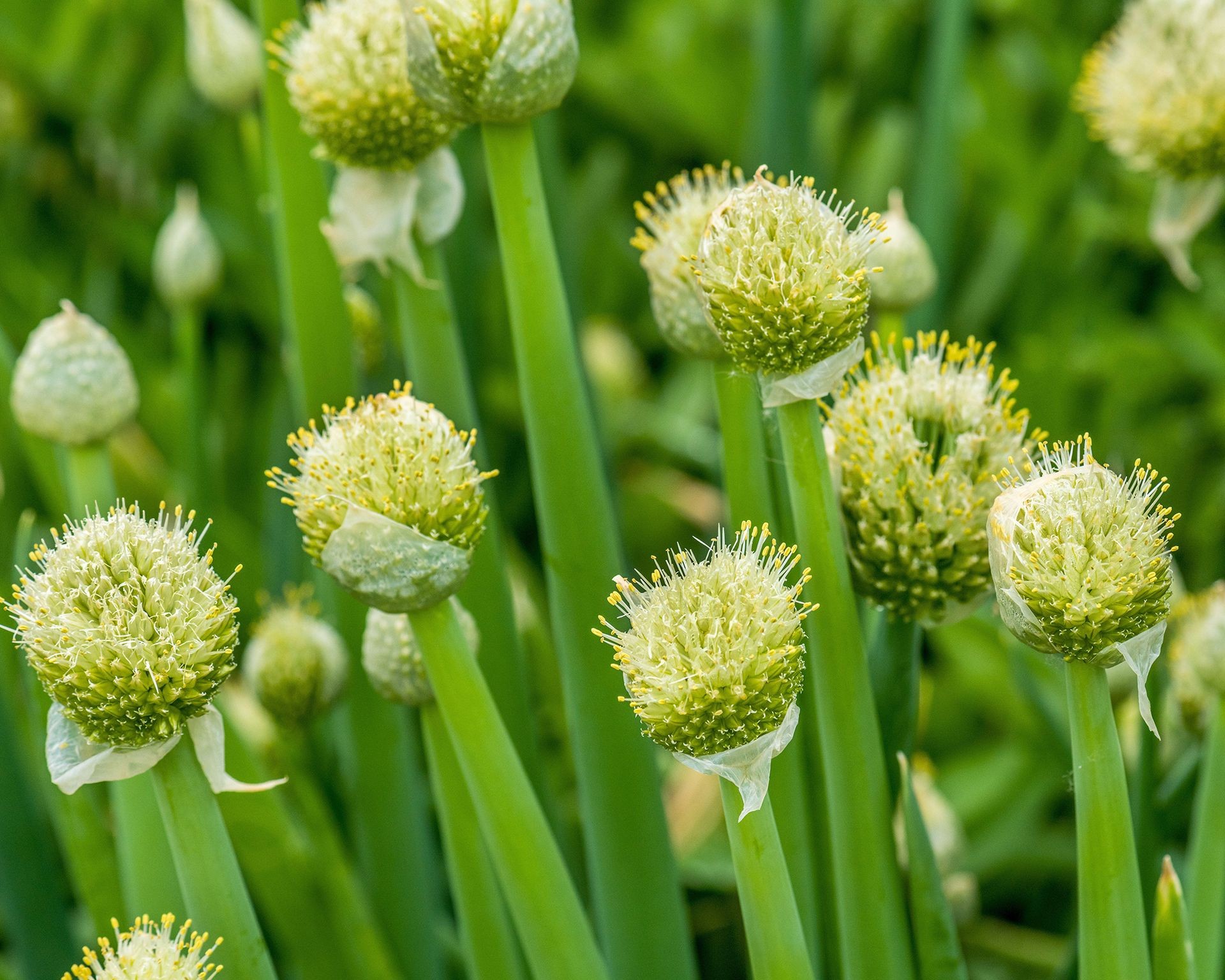 Clump of green Welsh onions growing in a garden bed
Clump of green Welsh onions growing in a garden bed
French Sorrel
French sorrel is a delightful, easy-to-grow leafy green with a distinctive tangy, lemony flavor. It can be used fresh in salads or cooked like spinach. This resilient perennial is cold-hardy and generally low-maintenance.
Plant French sorrel from seed in a location with sun or partial shade. The young leaves can be harvested in spring, and larger leaves can be picked and cooked throughout the late summer. Established clumps can also be divided to propagate new plants.
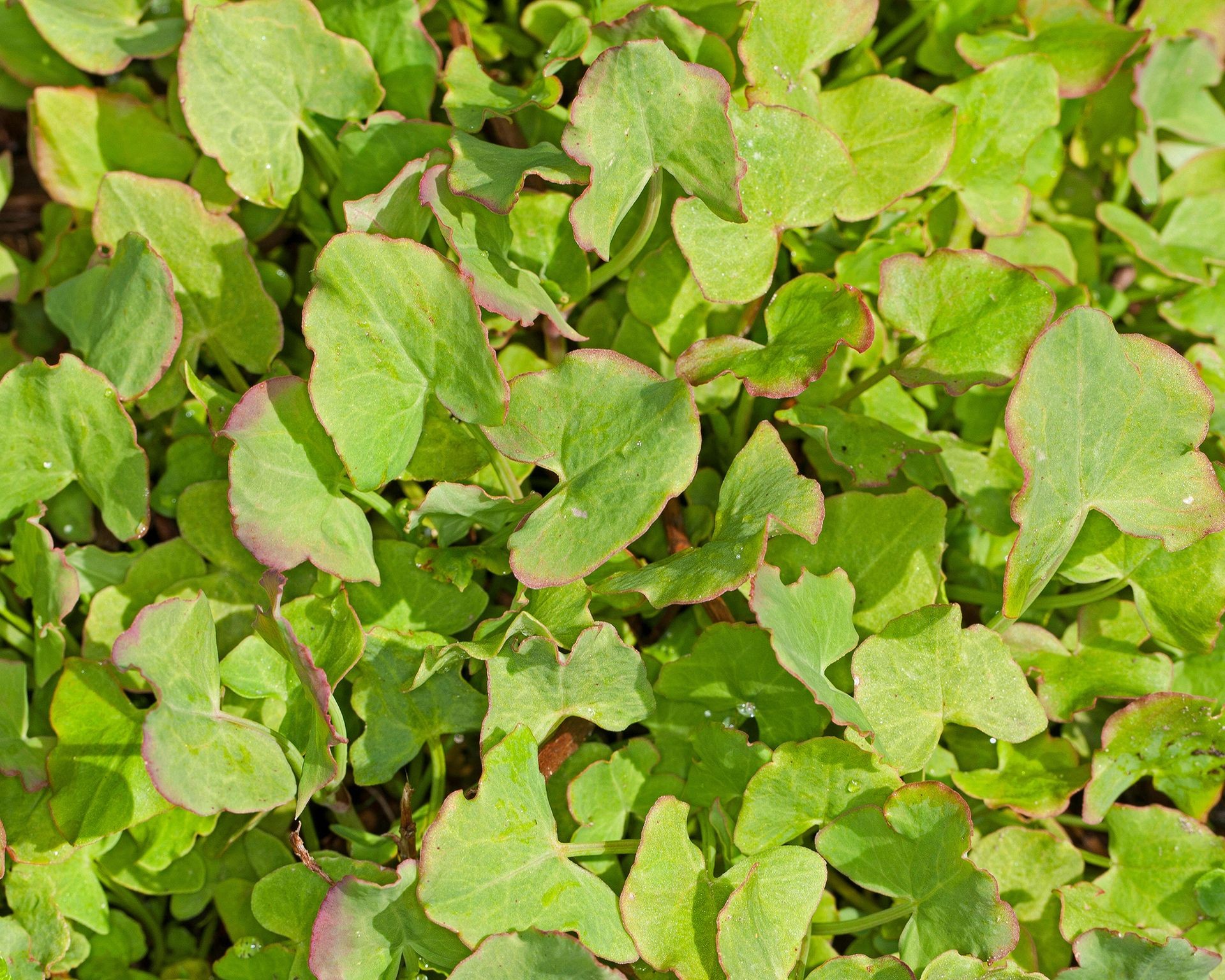 Fresh young leaves of French sorrel ready for harvest
Fresh young leaves of French sorrel ready for harvest
Walking Stick Cabbage (Jersey Cabbage)
One of the most visually striking and unusual perennial vegetables, the “walking stick” or Jersey cabbage can grow incredibly tall, sometimes reaching 10 feet in a single season, resembling a thin palm tree. It’s a short-lived perennial, typically lasting two or three years in suitable climates (USDA zones 7 and above), and grown as an annual elsewhere.
The large leaves can be harvested from early to mid-fall and provide a steady supply throughout the season after cooking. These plants prefer fertile soil and consistent watering. Their dramatic height and appearance make them a conversation piece in any garden.
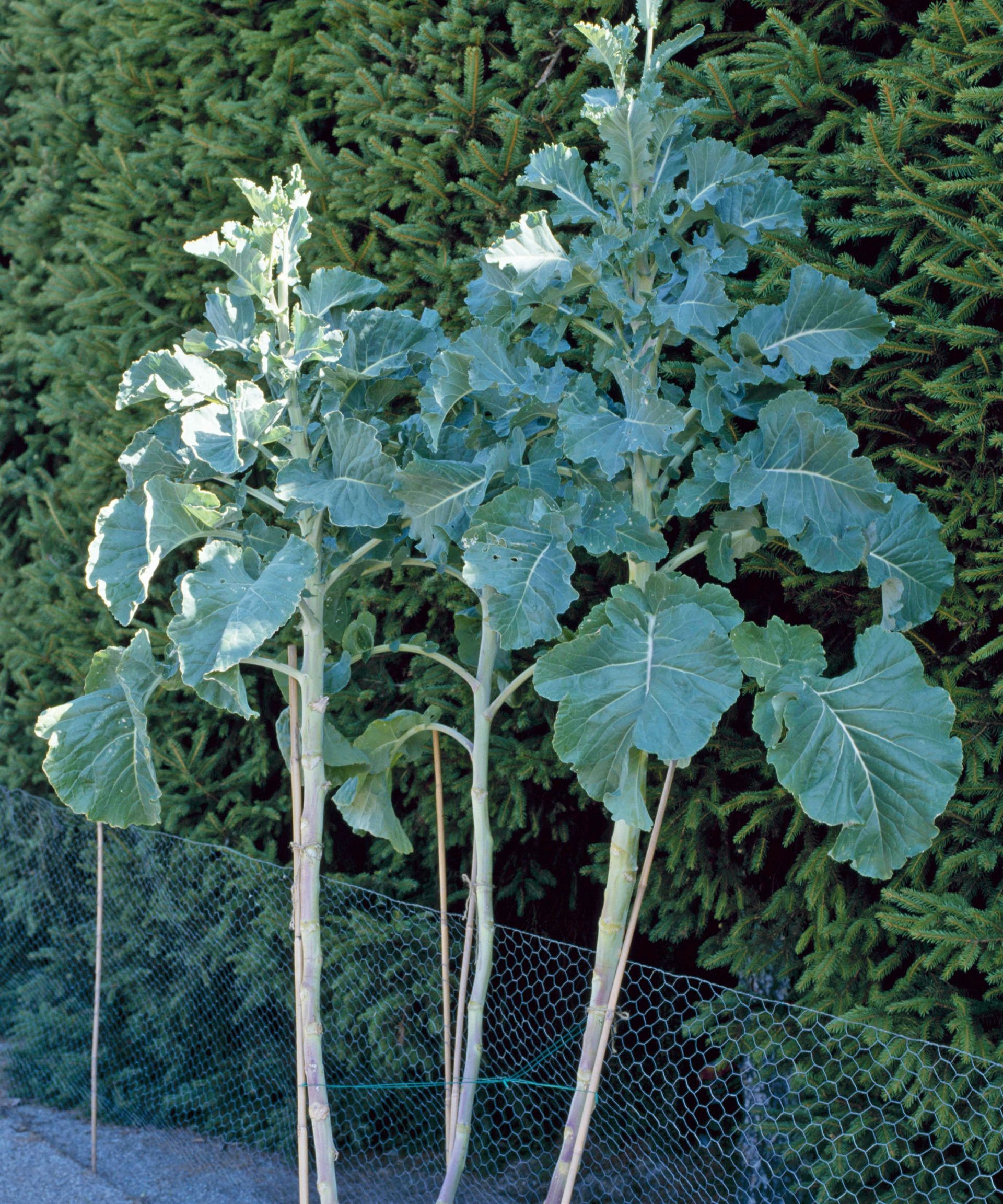 Tall walking stick cabbage plant resembling a small palm tree
Tall walking stick cabbage plant resembling a small palm tree
Bamboo Shoots
While often associated with ornamentals, many bamboo varieties produce edible shoots that add a delicious crunch to Asian-inspired dishes. Running bamboo types can be invasive, so for edible shoots, consider planting them within a large, contained area like a sturdy metal planter or opt for clumping bamboo varieties known for slower spread.
Harvest bamboo shoots when they are young and tender, just emerging from the ground. They require peeling before cooking to remove the tough exterior layers. Regular harvesting of running types can also help manage their spread.
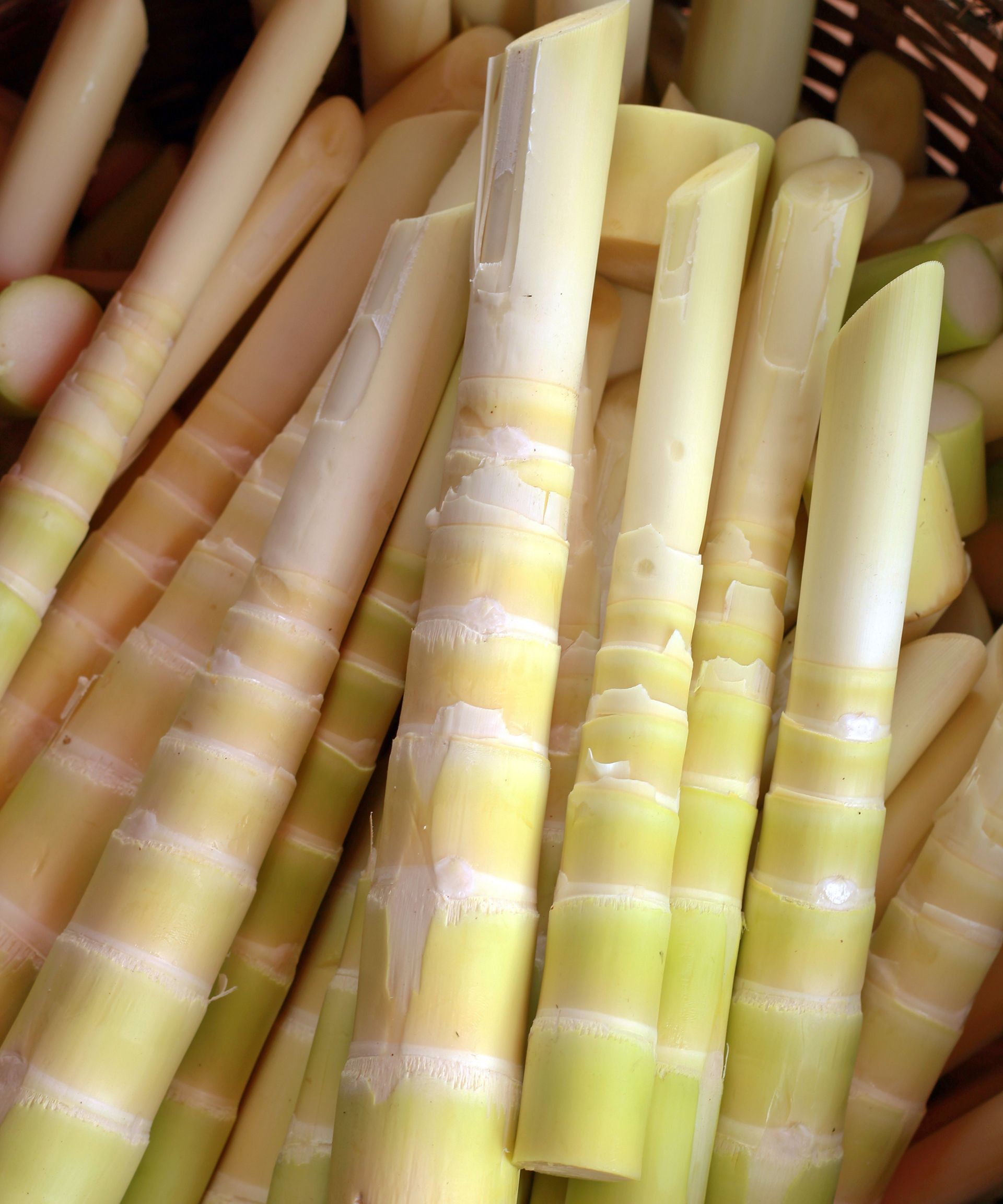 Pile of freshly harvested bamboo shoots in a woven basket
Pile of freshly harvested bamboo shoots in a woven basket
Nettle Plants (Stinging Nettle)
Often considered a weed, stinging nettle is a highly nutritious perennial plant packed with vitamins and minerals. When cooked, the sting disappears, and the young shoots have a mild flavor similar to spinach.
Nettles are surprisingly versatile in the kitchen, perfect for soups, teas, and other cooked greens recipes. They are also reported to help deter deer, offering a dual purpose in the garden. Always wear gloves when harvesting fresh nettle leaves to avoid the sting.
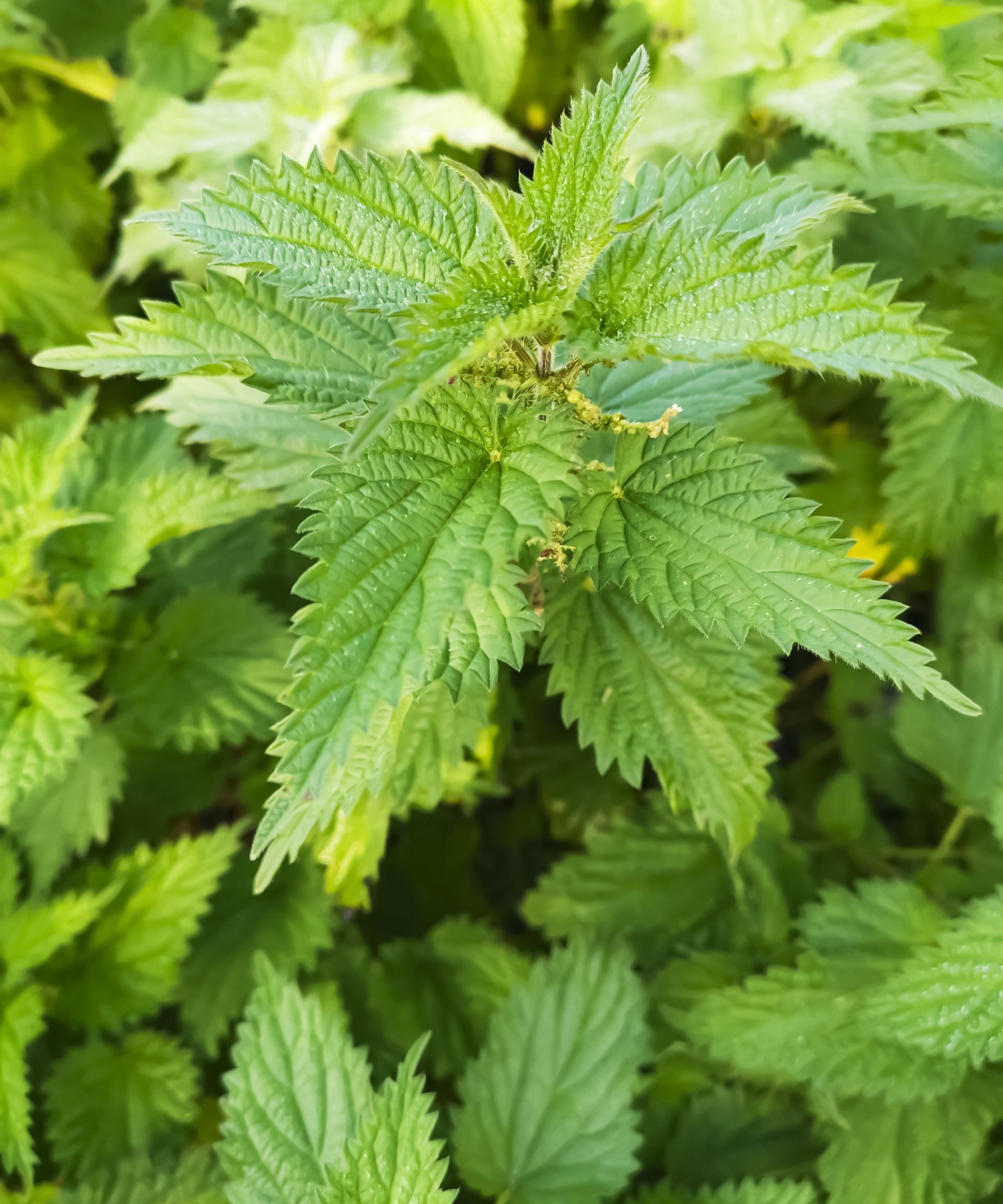 Wild stinging nettle plants with jagged leaves
Wild stinging nettle plants with jagged leaves
Skirret
A fascinating, lesser-known cousin of the carrot, skirret is grown for its sweet, slightly aromatic roots. This cold-hardy perennial is quite low-maintenance, resistant to many pests, and thrives in moist, shaded conditions. Its attractive white flowers also attract beneficial pollinators.
Skirret can be grown from seed or by dividing existing root clumps. The harvested roots can be prepared similarly to carrots, often boiled, stewed, or roasted to enhance their natural sweetness.
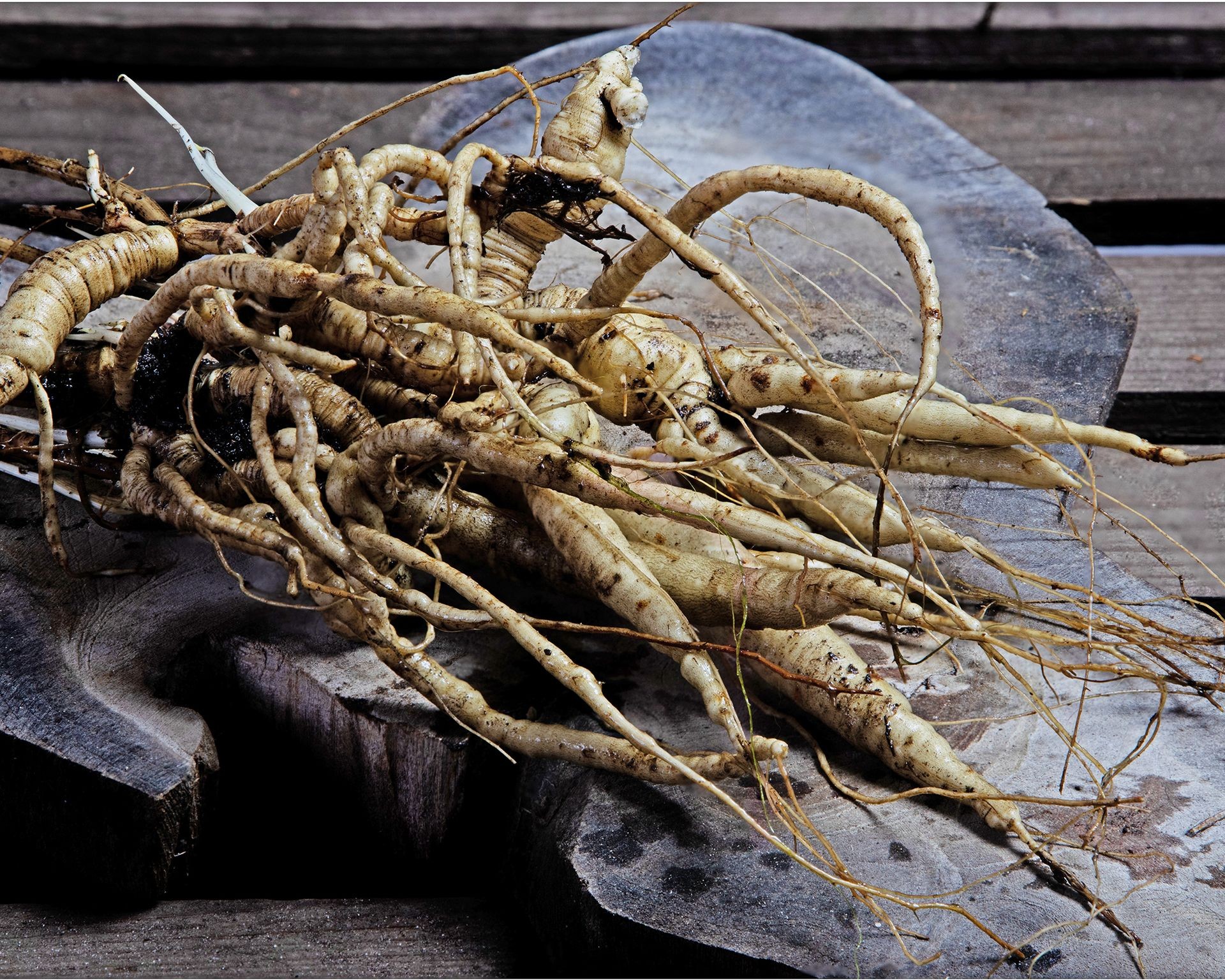 Harvested skirret roots resembling thin carrots
Harvested skirret roots resembling thin carrots
Ramps (Wild Leeks)
These coveted members of the onion family are native to woodland areas and offer a unique flavor profile that combines elements of onion and garlic. Ramps are easy to grow in conditions mimicking their natural habitat – shaded areas with rich, moist, well-draining soil.
Ramps can be started from seed or transplanted. Enrich the soil in the planting hole with organic matter and keep the plants consistently moist, especially during dry periods. The bulbs and leaves can be harvested, and established clumps can be divided in the spring for propagation or consumption.
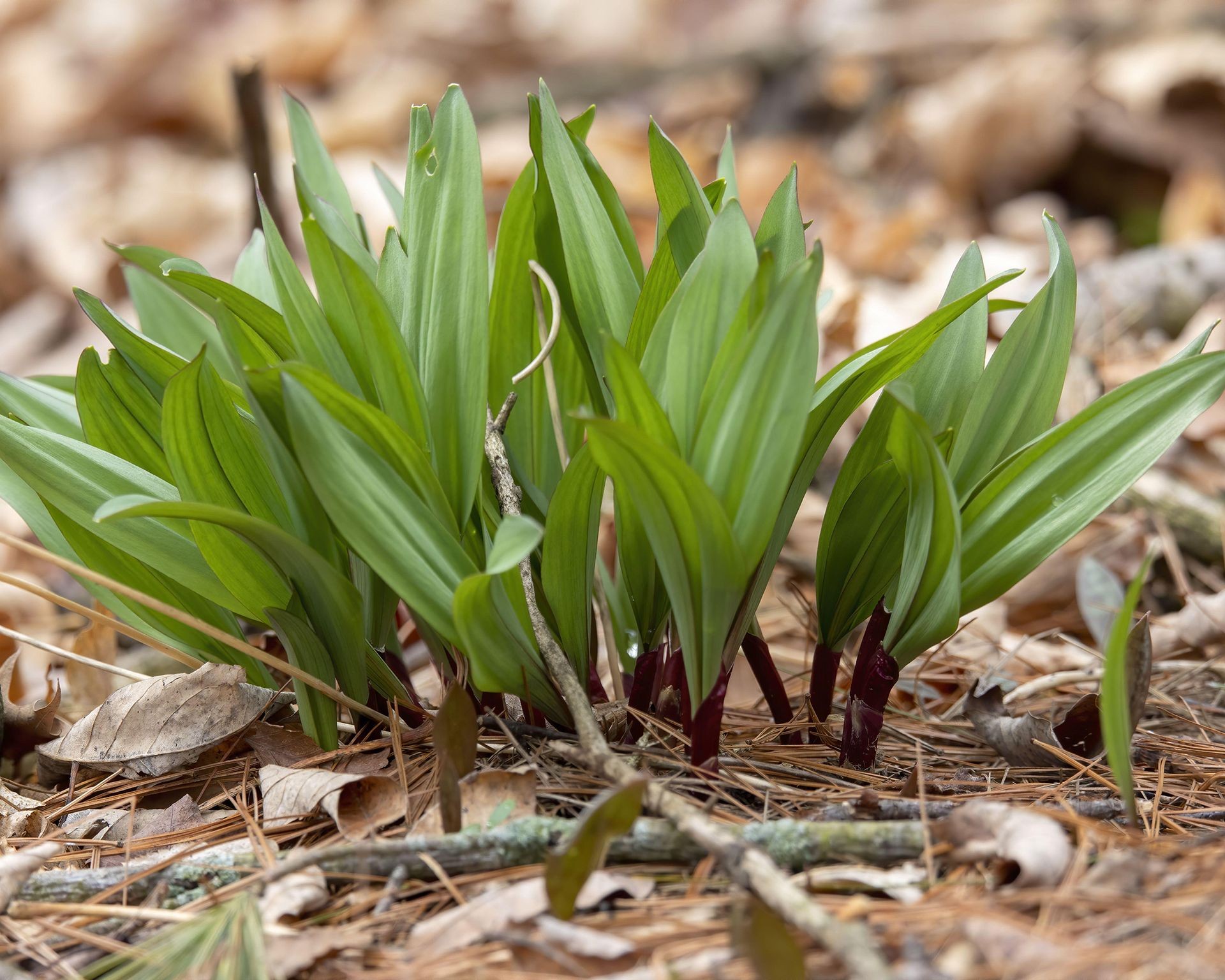 Clump of wild ramps with broad leaves and white bulbs
Clump of wild ramps with broad leaves and white bulbs
Water Celery (Oenanthe javanica)
Water celery is an edible perennial ground cover that enjoys moist conditions and can grow in sun or shade, forming dense mats. All parts of the plant are edible, with the raw leaves offering a crisp flavor reminiscent of celery and parsley combined.
This adaptable plant is tolerant of both frost and heat, making it a resilient choice for various climates. It is easily propagated from seed or transplants and can be a great option for bog gardens or consistently wet areas.
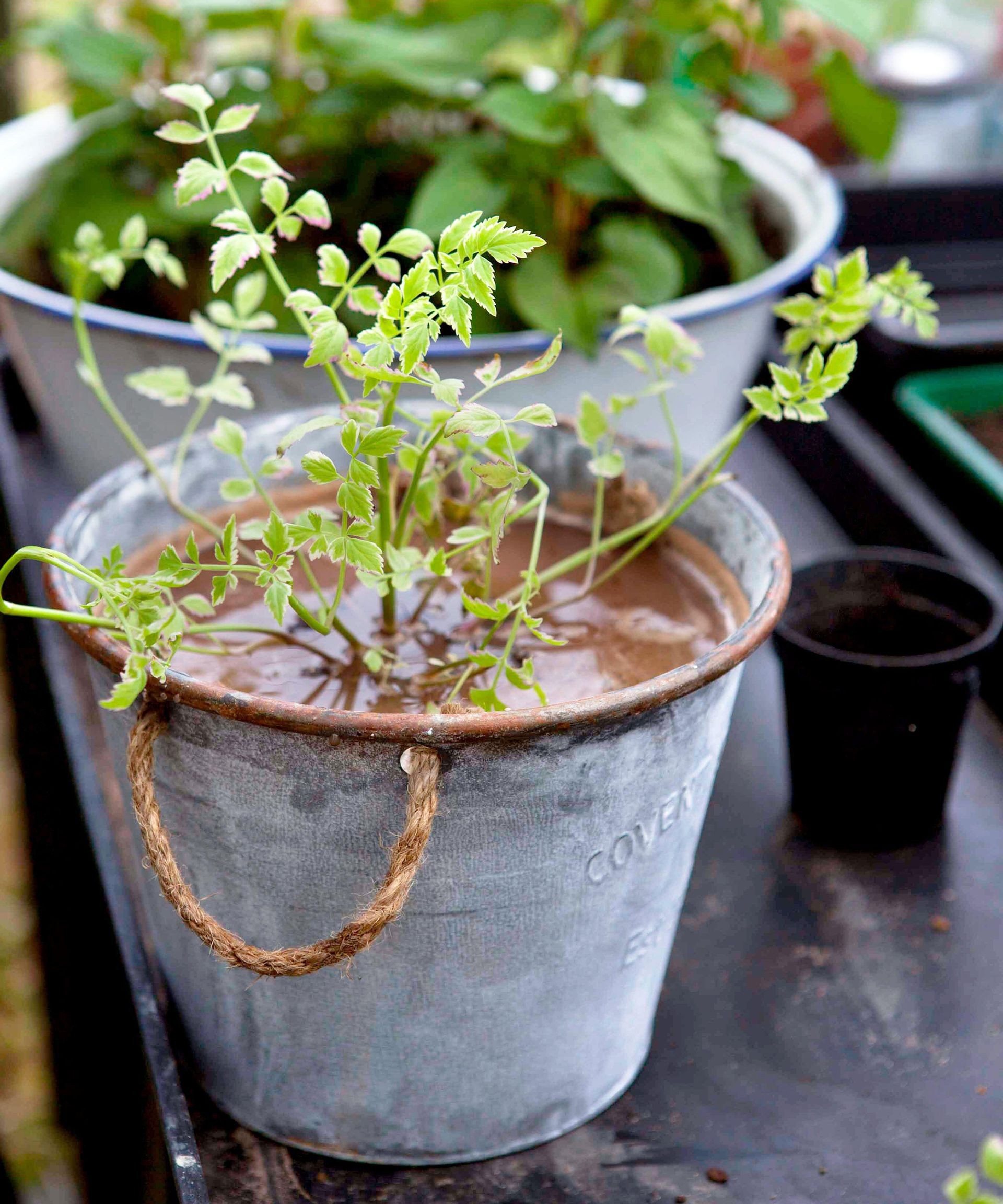 Bright green water celery growing as a ground cover
Bright green water celery growing as a ground cover
Ostrich Fern Fiddleheads
In early spring, the young, coiled shoots of the ostrich fern, known as fiddleheads, are a delicious wild edible that can also be cultivated. These ferns prefer shaded locations with moist soil and can spread over time to form colonies.
Harvest the fiddleheads when they are tightly coiled and only a few inches tall. It is crucial to cook ostrich fern fiddleheads thoroughly for at least ten minutes before eating to remove potential toxins. When cooked, they offer a unique, tender texture and a pleasant, slightly nutty flavor.
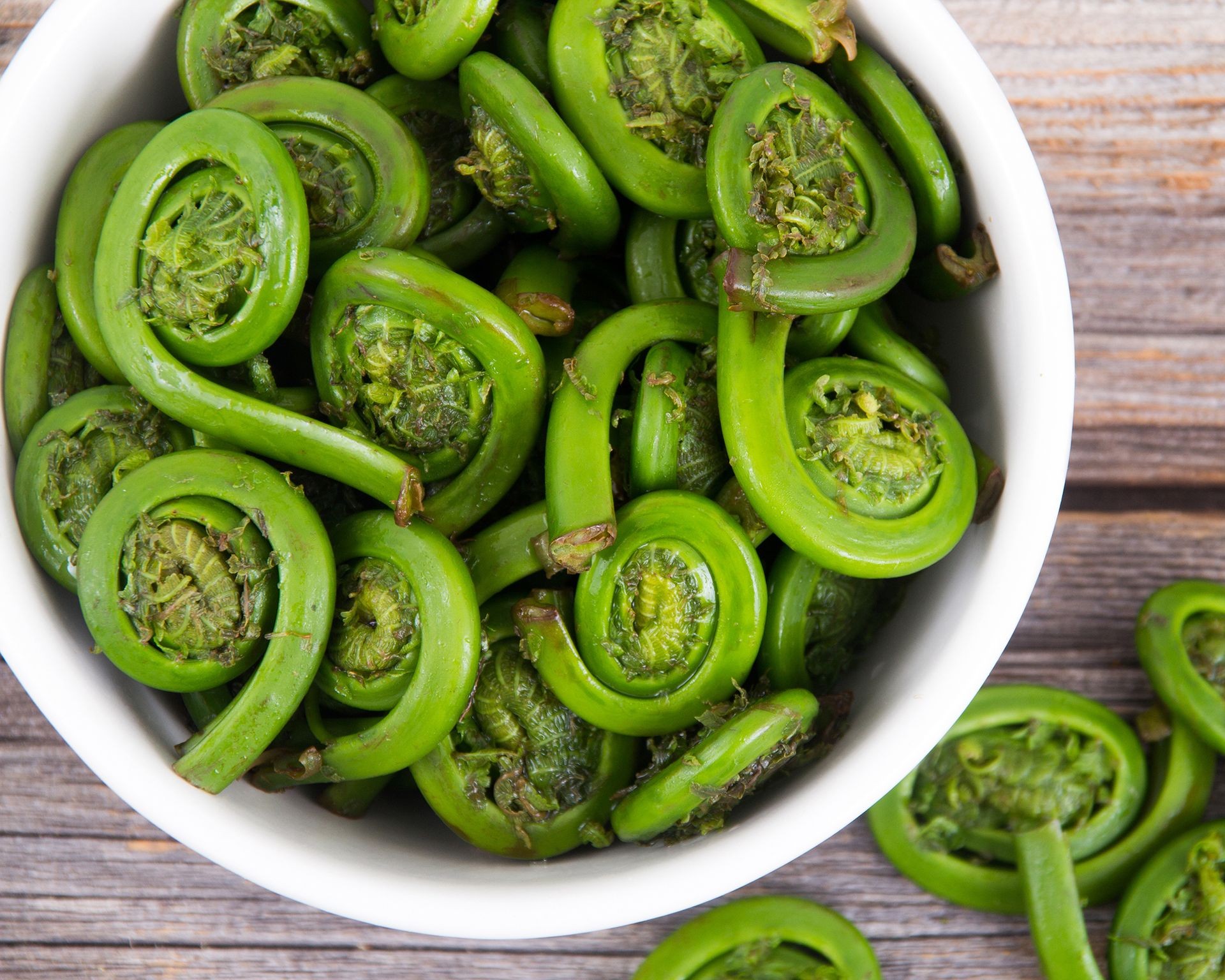 Tight coils of ostrich fern fiddleheads emerging in spring
Tight coils of ostrich fern fiddleheads emerging in spring
Tips for Success with Perennial Vegetables
- Soil Preparation: Invest time in preparing the soil properly before planting. Perennials will occupy the same spot for years, so ensure the soil is rich in organic matter, fertile, and well-draining.
- Location, Location, Location: Choose the right spot based on each plant’s sun, shade, and moisture requirements. Moving an established perennial is much harder than replanting an annual.
- Be Patient: Most perennials take a year or two to become fully established and reach their peak productivity. Avoid harvesting heavily in the first season.
- Consistent Care: While lower maintenance than annuals, perennials still benefit from occasional weeding, watering during dry spells, and feeding with compost or appropriate fertilizer in spring.
- Division: Many clump-forming perennials, like rhubarb and Welsh onions, benefit from being divided every few years to maintain their vigor and prevent overcrowding.
Cultivate an Enduring Edible Landscape
Incorporating perennial vegetables into your garden is a journey towards a more sustainable, productive, and less labor-intensive way of growing food. These resilient plants offer a rewarding harvest year after year, providing fresh produce early in the season and often introducing exciting, unique flavors.
By selecting the right varieties for your climate and providing a good start with well-prepared soil, you can establish a thriving perennial vegetable garden that will nourish you for years to come. Explore the possibilities, choose a few varieties that pique your interest, and experience the lasting rewards of perennial gardening. Find the right support and resources to help your perennial vegetables flourish by visiting Biogarden.Asia.



